At around 4:15 PM on October 22, 1979 a scuffle broke out in a Shillong locality and it didn’t end there.
October 22, 1979. The previous night was Kartik Amavasya and there wasn’t a moon in the sky. The Bengalis of Shillong were celebrating Kali Puja with firecrackers lighting up the night sky.
Over the next few days as the moon would grow bigger and the turn of events would result in the Bengali-influence on Shillong get smaller. And, that in the process will change the face of the hill city forever.
Before, I come back to the eventful afternoon of October 22, 1979 of 40 years ago, let me go back a century-and-a-half.
The origins of a town
Cherrapunjee (also known as Sohra) was the British base in India’s eastern hills for about 30 years. Cherrapunjee, however, was an ill conceived district headquarters and it was far too wet. The inclement weather of the place had also reportedly had an adverse affect on the minds of some British officers driving them to suicide. The desire and the need to shift the base out of Cherrapunjee was expedited by the Jaintia Rebellion of 1860-63.
The original location identified for the new town was near the Shillong Peak, the highest point in the hills. Babu Jeebon Roy, known as the ‘Father of Modern Khasis’, who was well acquainted with the area, advised that the area near the the Iewduh plateau, 500 metres lower and warmer would be more suited. So it was here, where the foundations of the city was laid.
Many records cite April 28, 1866 as the date on which the city was christened Shillong, but some historians point to a different date: June 26, 1867. According to the Government of Meghalaya, the city’s date of birth is February 4, 1874. But then that day isn’t really the day the city was founded, instead it is the date on which Shillong became the capital of the new province of Assam that was carved out of Bengal.
To set up the city, the British Government took a perpetual lease of land around Iewduh (the traditional Khasi weekly market) from the Syiem of Mylliem.
Major Edwin Alexander Rowlatt who had pushed forward the idea of Shillong was removed following the Jaintia Rebellion and construction efforts to build the new civil station was led by Deputy Commissioner Colonel Henry Stuart Bivar. The road behind the Raj Bhawan, the Governor’s residence, is still known as Bivar Road in his honour.
The government also auctioned large tracts of land to private individuals and on one of the four plots that Colonel Bivar bought for himself he built ‘Chateau Bivar’, which is considered to be the first house to be built in Shillong.
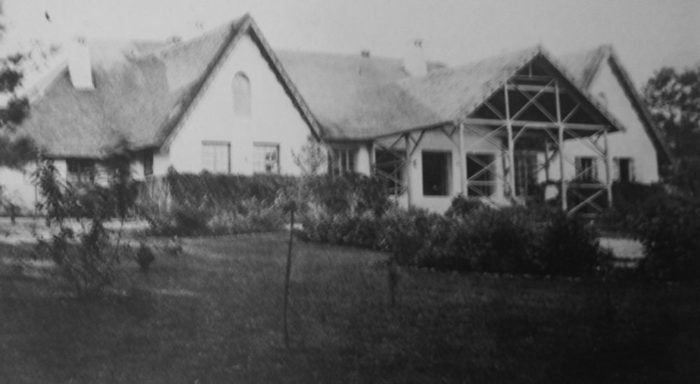
The first Bengali
Along with the arrival of the British, the first businessmen from the plains also arrived. Golam Haider and his son Kasimuddin Mollah were the first businessmen from Bengal to make Shillong their home. They had come from village Janai in Hooghly District and had first set up their base in Cherrapunjee. When the British initiated their plans to move higher up the hills to a new station, the enterprising father and son duo also shifted base.
Golam Haider, Shillong’s first Bengali, however, didn’t say in Shillong for long. We went for Haj (the annual Islamic pilgrimage to Mecca, Saudi Arabia) in 1878 and settled back in his native village, never coming back to Shillong. Golam Haider’s son, Kasimuddin, kept the family business running in the new town.
They had also set up the town’s first departmental store – Golam Haider & Sons – in 1878. Currently the location of the landmark Shillong cinema hall Bijou.
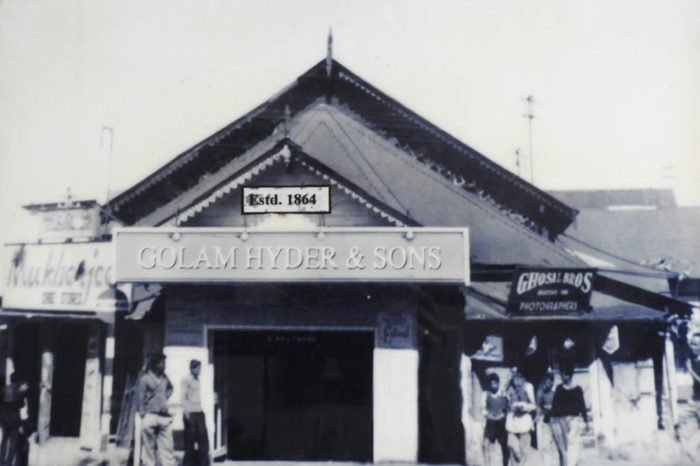
More Bengalis were brought in to the town by the British from the plains of Bengal, primarly from Sylhet, Dhaka and Calcutta, to assist in the administration. Bengalis occupied the clerical and middle levels of the government while the British occupied the higher posts.
The first buildings that came up in the new town were the offices for the British administration, bungalows for the European officers that were clustered around the area referred to as the European Ward and most of the initial residential houses for the town’s Bengali population were around the old Khasi village of Laban and in Jail Road and Thana Road.
As the city grew, it developed a cosmopolitan character. Each community contributing in its own way to shape Shillong. Bengalis also continued to flow into the city over the decades, setting up homes all around. When the country was partitioned in 1947, a large number of Bengali refugees were resettled in and around Shillong, further boosting the Bengali population.
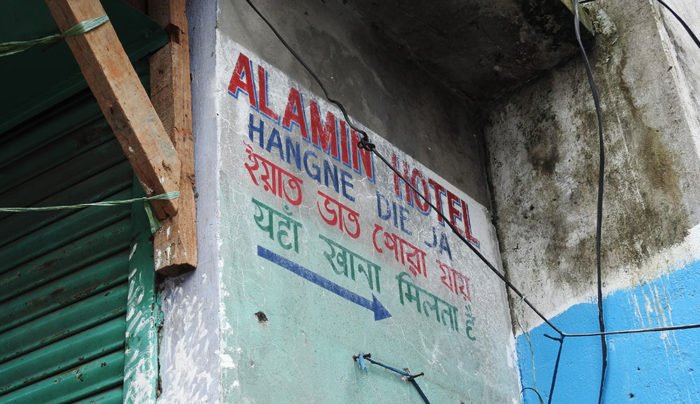
The birth of Meghalaya
A major milestone in the history of Shillong was the statehood of Meghalaya. Meghalaya was carved out of Assam as the on January 20, 1972 as the 21st state of the Indian Union and Shillong ceased to be the capital of Assam. From April 2, 1970 had been functioning as an autonomous state.
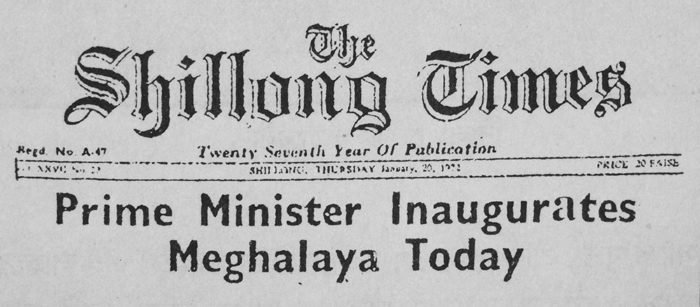
The statehood was the culmination of a peaceful movement under the The All Party Hill Leaders Conference (APHLC) for a separate hill state. The Bengalis of Shillong had extended their support for the hill state and Shillong’s Bengali trade union leaders are said to have facilitated the meeting between Prime Minister Indira Gandhi and the leaders of the hill state movement.
One of the first pieces of legislation passed by the Meghalaya legislature was the Meghalaya Transfer of Land (Regulation) Act, 1971 which prohibited the purchase of land by non-tribals in almost all of the new state. In Shillong, non-tribals could purchase land in only a small area in the centre of the city – the European Ward of the Shillong Municipalty. This meant that the Bengalis (and other non-tribals) who came in late, could not be legitimate home owners in the city.
At the time of Meghalaya’s statehood, much of the population of Shillong was non-tribal (58.53% of the population). The percentage of non-tribal population has been on the decline ever since and the decline in Shillong’s Bengali population was triggered by this, the city’s first major riot.
Cut to 40 years ago. 1979. A hundred years after Shillong’s first Bengali had left the city. The Assam Agitation against ‘illegal immigrants’ from Bangladesh, that would go on to take a violent shape, had started gaining ground in Assam. The demands of the All Assam Students Union (AASU) and the All Assam Gana Sangram Parishad (AAGSP) also found resonance in neighbouring Meghalaya.
The Khasi Students Union (KSU), which would go on to be at the forefront of the communal strife in Shillong in the decades to come, was formed just a year-and-a-half ago on March 20, 1978. But till that fateful afternoon of October 22, 1979 the tensions between the Khasis and the Bengalis hadn’t really surfaced at this scale. While the 1979 riots was not the first Khasi-Bengali riot in Shillong. Records show that there had been violent altercations between the two communities as back as in 1938 and also later in 1967.
The afternoon of October 22
It was around 4:15 PM on October 22, 1979 when Kali idol of Lal Villa near the Laitumkhrah Police Beat House were being taken out for immersion, a Khasi man allegedly crossed over the idol, damaging it. A scuffle broke out and soon escalated into a fight between Khasis and Bengalis. Two more idols were also reportedly damaged. The police first detained two Khasi men. Following protests by Khasis, two Bengalis were also held and police later released all of them.
The matter could have ended at that. But, as Shillongites would know, it didn’t. So much so, that “79’er gondogul” (the disturbances of ’79) had become a landmark in the collective memories of the Bengalis of Shillong.
To be continued…
[This is the first in a series of posts documenting the Shillong Riots of 1979. More Shillong Stories on Cutting the Chai]
Update (July 24, 2024): Post updated to add mention of the previous riots of 1938 and 1967 in Shillong



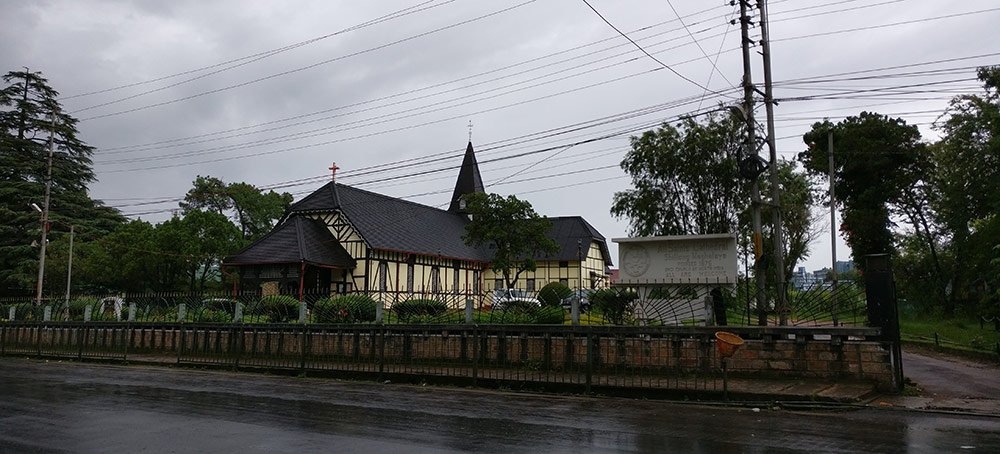
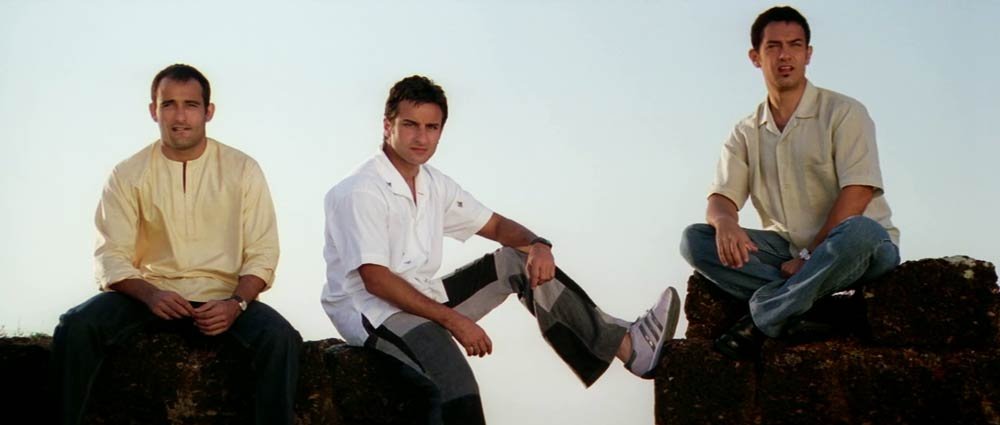
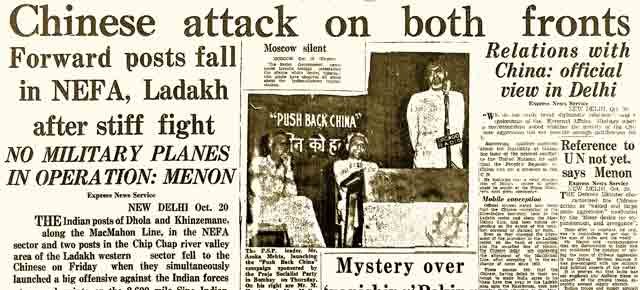

2 Comments
A riot that changed a city: 40 years of 79'er gondogul - the 1979 Shillong anti-Bengali riots